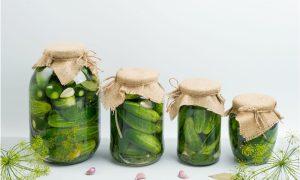
How to Store Cucumbers in the Fridge for Lasting Freshness & Crispness
Are you tired of watching your cucumbers wilt away on the kitchen counter, only to be thrown in the trash? Say hello to fresh, crunchy

Are you tired of watching your cucumbers wilt away on the kitchen counter, only to be thrown in the trash? Say hello to fresh, crunchy

Are you curious about how long your tasty cooked spinach remains fresh and safe to eat in the fridge? Worry no more! We’ve got you